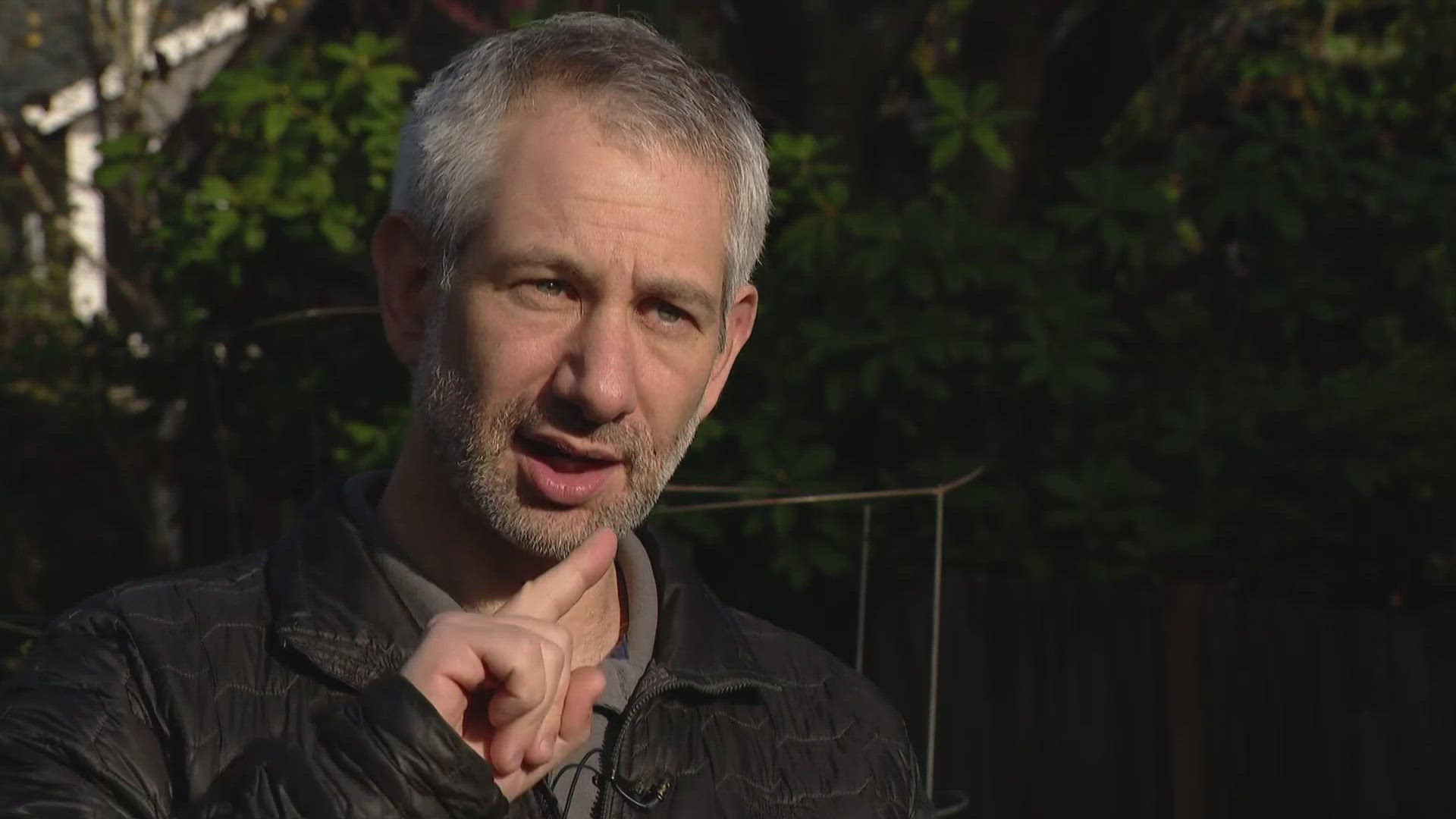SEATTLE -- For the first time as a free man, Gerald Hankerson opened up an old box of photos he collected in prison.
"I just opened it coming in just now and…whoa," said Hankerson, inside the office of the Seattle-King County branch of the NAACP.
It's hard to imagine that Hankerson spent almost his entire adult life behind bars.
"This is me and an old baseball team at the Washington State Penitentiary," said Hankerson, showing a photo of a group of men posing with baseball bats. Hankerson appeared to be in his late teens or early 20s.
"Eighteen and going to prison at the Washington State Penitentiary, I was 134 pounds, five-foot-six, no mustache, just literally a kid," he said.
While he maintained his innocence, Hankerson had been convicted of being an accessory to aggravated murder and was sentenced to life. He became "Offender 93926."
"I remember I spent many years in solitary confinement," he said, "where the only thing I had was a bible and a dictionary. To this very day I can't tell you which one is more powerful."
He eventually decided that his life and the lives of other black prisoners like him were worth fighting for. Hankerson created the Black Prisoners Caucus and became president of the Concerned Lifers Organization, inviting outside agencies and at-risk youth to come in, not just to learn from their mistakes, but to change the system.
"If all of the fathers are in here in this prison, then who is taking care of the young boys in the street? And I knew this was going to be a cycle for them to end up here just like most of us did," he said.
Finally, then-Governor Christine Gregoire granted Hankerson clemency in 2009. He showed a photo of him from the day he was released.
"April 9, 2009, I'm the first man in the history of Washington state, to ever walk out of prison after being sentenced to die in there."
His years of activism led him to the Seattle-King County branch of the NAACP, where recently he has advocated for the small businesses impacted by the 23rd Avenue construction.
He has also taken on the Seattle Police Department in the police shooting of Che Taylor a week ago, who the department says was reaching for a gun in his car.
What is interesting is the connection.
The NAACP president served time in the same prison unit with Taylor. Hankerson insists their friendship has nothing to do with his anger over the shooting and takes issue with police releasing the fact that Taylor was a convicted felon just after the incident.
"The crime that Che went to prison for happened 25 years ago. At what point is he, or even me, will no longer be considered the next felon? And why is that relevant?"
Hankerson's point: Is any felon ever really forgiven for his crime? He's determined to set an example and prove it's possible.
"I wanted to be the ambassador to those I left behind because if I screw up, many others that wanted to follow that path would not get that chance," he said.


